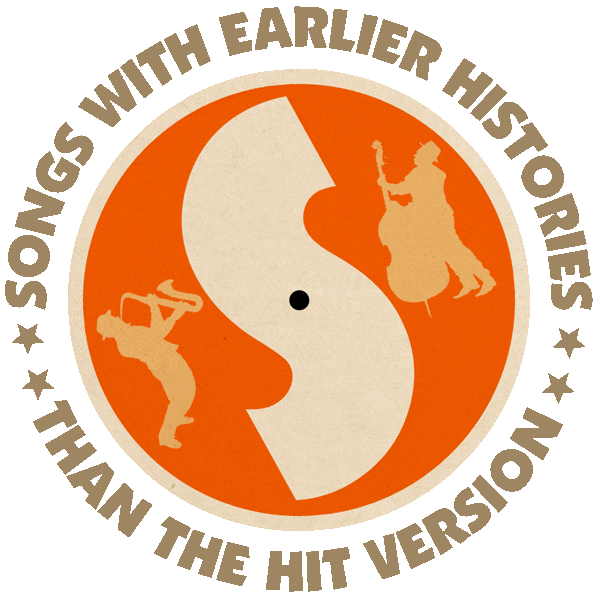First recorded by Howlin’ Wolf (1960).
Hit versions by Koko Taylor (US #58/R&B #13 1966), The Pointer Sisters (US #61/R&B #24 1973).
Also recorded by Savoy Brown (1971), Willie Dixon (1973).
From the wiki: “‘Wang Dang Doodle’ is a Blues song written by Willie Dixon and first recorded in 1960 by Howlin’ Wolf. In 1965, Dixon and Leonard Chess persuaded Koko Taylor to record it for Checker Records. Her recording, produced by Dixon, charted both R&B and Pop, and ‘Wang Dang Doodle’ has since gone on to become a Blues standard.
“In his autobiography, Dixon explained that the phrase ‘wang dang doodle’ ‘meant a good time, especially if the guy came in from the South. A ‘wang dang’ meant having a ball and a lot of dancing, they called it a rocking style so that’s what it meant to ‘wang dang doodle’.’ Dixon claimed that he wrote ‘Wang Dang Doodle’ when he first heard Howlin’ Wolf in 1951 or 1952, but that it was ‘too far in advance’ for him and he saved it for later. Wolf supposedly hated the song at first and commented, ‘Man, that’s too old-timey, sound[s] like some old levee camp number.’

